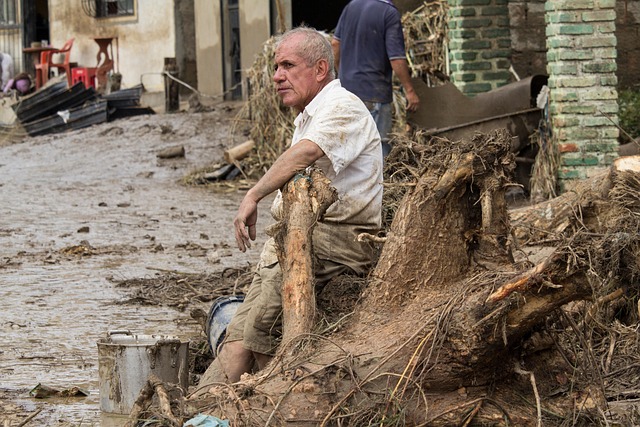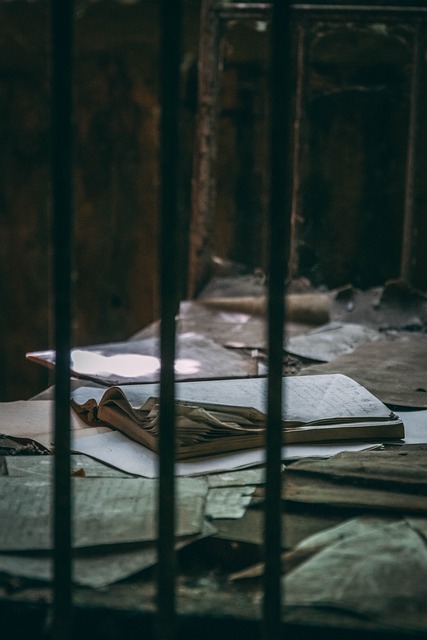Disaster reconstruction services in San Antonio, Texas, are vital for ensuring safety and community resilience. Professionals conduct comprehensive inspections, identifying and rectifying risks like outdated systems, structural issues, hazardous materials, and mold to meet safety standards. This proactive approach protects residents, minimizes disaster impact, and fosters inclusive development, positioning San Antonio as a leader in post-disaster recovery.
In the aftermath of disasters, proper home recovery and reconstruction are paramount. This comprehensive guide delves into the critical aspects of ensuring safety during the rebuilding process in San Antonio, Texas. From identifying potential hazards specific to local homes to establishing robust safety protocols for disaster reconstruction projects, we offer essential insights. Learn how to maintain comprehensive home safety post-reconstruction, leveraging expert advice tailored to the unique challenges faced by San Antonio residents and their communities.
- Identifying Potential Hazards in San Antonio Homes
- Safety Protocols for Disaster Reconstruction Projects
- Ensuring Comprehensive Home Safety After Reconstruction
Identifying Potential Hazards in San Antonio Homes

In San Antonio, homes often face a unique set of challenges when it comes to safety hazard inspections, especially considering the region’s vulnerability to various weather events and natural disasters. Disaster reconstruction services in San Antonio, Texas, play a vital role in identifying and mitigating these risks. From flooding to wildfires, these dangers can lurk unseen, hiding within walls, attics, and basements. Professional inspectors equipped with specialized knowledge and tools are essential to uncover potential hazards such as outdated electrical systems, faulty plumbing, structural weaknesses, or toxic material remnants.
Regular inspections by disaster reconstruction experts ensure that San Antonio homes meet safety standards, protecting residents from unforeseen accidents. Their comprehensive assessments go beyond visible damage; they meticulously check for hidden dangers like mold growth after water intrusions, asbestos exposure risks, or improper ventilation issues that could lead to respiratory problems. By addressing these concerns proactively, homeowners can create safer living environments and minimize the impact of potential disasters.
Safety Protocols for Disaster Reconstruction Projects

When embarking on disaster reconstruction projects, especially in vibrant cities like San Antonio, Texas, adhering to stringent safety protocols is paramount. These protocols are designed to safeguard both residents and construction workers amidst the hustle and bustle of rebuilding efforts. In the world of disaster reconstruction services in San Antonio Texas, it’s crucial to prioritize safety measures that go beyond basic structural inspections.
This involves comprehensive assessments for hazardous materials, electrical system upgrades to meet modern safety standards, and ensuring accessibility for individuals with disabilities. Professional reconstruction teams must be well-versed in navigating labyrinthine building codes and regulations, implementing innovative solutions without sacrificing safety. By prioritizing these protocols, San Antonio can foster a more secure environment, transforming the aftermath of disasters into opportunities for robust, inclusive community development.
Ensuring Comprehensive Home Safety After Reconstruction

After a disaster, thorough home recovery and inspection are crucial steps toward ensuring safety. Engaging reputable disaster reconstruction services in San Antonio, Texas, offers expertise to navigate this critical phase effectively. These professionals not only assess structural damage but also identify potential hazards that might have arisen during or after the event.
Comprehensive inspections involve examining electrical systems, plumbing, roofing, and indoor air quality. They also check for mold growth, which can be a significant health risk following water intrusion. By addressing these aspects proactively, residents can prevent further damage, mitigate health concerns, and create a safer living environment post-reconstruction.
In light of the above discussions, a thorough home recovery safety hazard inspection is paramount after disaster reconstruction projects in San Antonio, Texas. By identifying and mitigating potential risks, residents can ensure comprehensive home safety and peace of mind. Engaging professional disaster reconstruction services becomes not just a decision but a necessity to navigate the complex landscape of post-disaster home restoration, fostering a secure environment for folks across the city.
